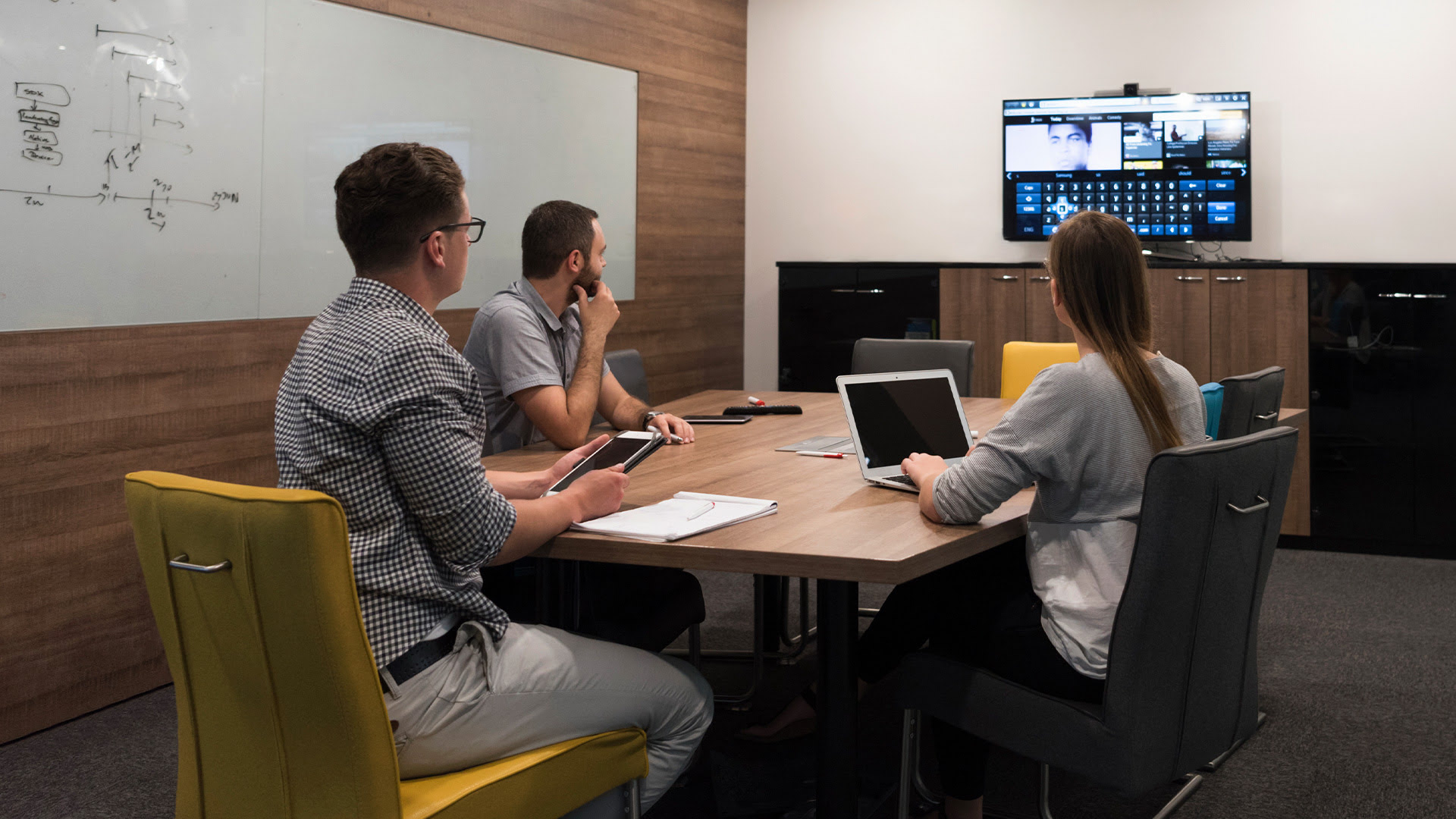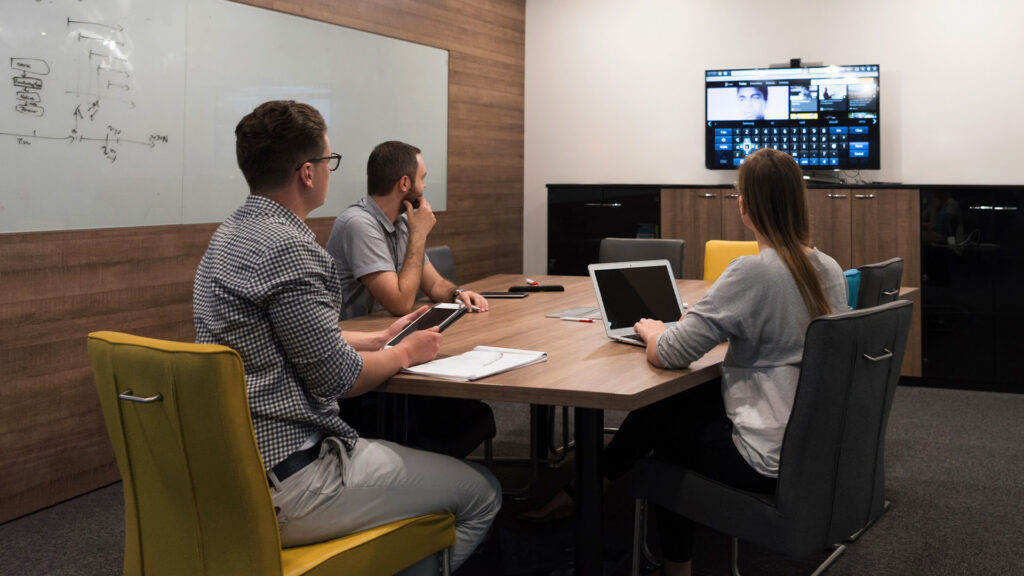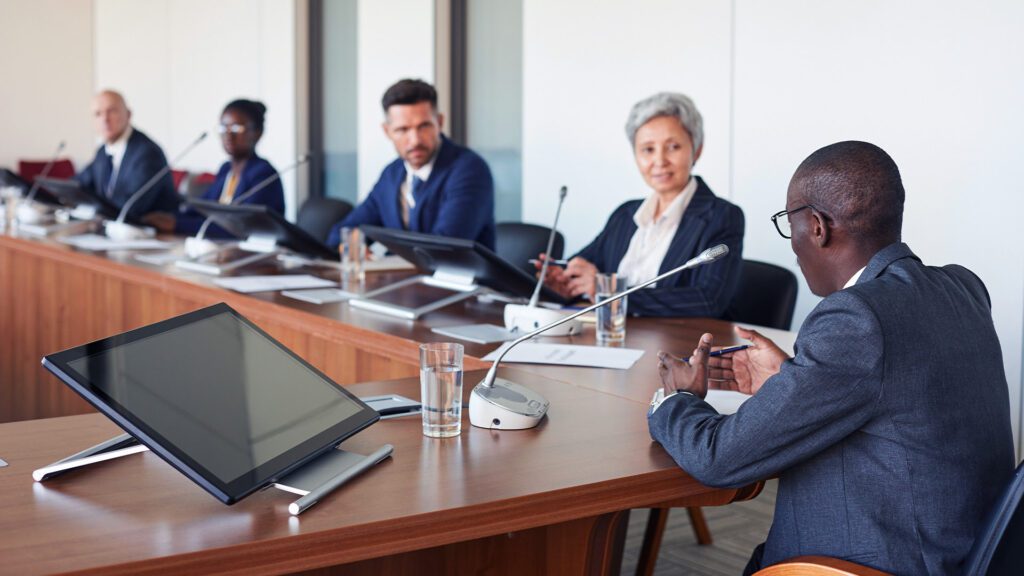5 Common AV Challenges for Businesses in Vancouver & How to Solve Them
Summary:
- Vancouver’s top industries rely on AV for communication, collaboration, and innovation. Startups and tech companies, film studios, hotels, event spaces, schools, and training facilities need access to reliable AV that won’t let them down.
- Common challenges like connectivity problems, poor audio quality, video failures, incompatibilities, and inadequate training make technology frustrating to use and adopt. These problems affect each industry in a slightly different way.
- To overcome AV challenges, businesses should develop a long-term partnership with an AV company they can trust. Expert help makes it easier to diagnose the problem and roll out fixes.
- To keep systems running smoothly, businesses should build a tech roadmap, break projects into smaller steps, gather user feedback, update software regularly, and design for scalability.
Vancouver is a hub of creativity and innovation, but it’s also home to some of Canada’s largest tech startups, software developers, film studios, universities, hotels, and event venues. In industries like these, success depends on efficient communication—so audiovisual (AV) problems can be devastating if they disrupt meetings, delay decision-making, or frustrate your team.
The best way to avoid that? Partner with an AV company that understands your industry’s biggest challenges—and knows how to solve them for good.
ET Group develops versatile AV solutions for Vancouver businesses. Below, we’ve outlined five common AV challenges and how to fix them—so you can stay connected and competitive.

1. Connectivity Problems
Connectivity issues are a top cause of wasted time and lost revenue in meeting rooms across most industries. They’re often caused by network instability, weak Wi-Fi signals, and bad configurations.
Connectivity Symptoms to Watch For:
- Intermittent network drops during meetings
- Devices unable to connect or stay connected
- Calls failing to start or suddenly disconnecting
- Meeting room gear appearing “offline” or unavailable
- AV control panels freezing or showing connection errors
How Connectivity Problems Affect Vancouver’s Top Industries
Connectivity and networking problems hit fast-paced industries harder because every minute is precious, so interruptions of a few seconds or minutes really add up. Here’s how this plays out:
- In film production, reliable AV is vital because producers, casting directors, actors, and crew are rarely in the same place at once. Decision-makers need to collaborate between head offices in LA, local production HQs, and other work sites. Even a small delay can cost the production company thousands of dollars in lost revenue.
- In hospitality, booking kiosks, guest-facing panels, and signage can go dark without stable connectivity. This is particularly important for prominent Vancouver hotel chains like Hyatt, Sheraton, Holiday Inn, and Marriott, where staff need to constantly coordinate across multiple locations.
- In education, unstable audio and video can make hybrid learning harder, but there are other consequences, too. At UBC, many grad students begin their careers with remote work before they graduate—without reliable AV, getting that early experience is next to impossible.
- In startups and tech, connectivity problems make it harder to communicate between global headquarters and local offices. Major players like Microsoft, Dropbox, Tik Tok, and 2K Games all have a strong presence here in Vancouver, but with reliable AV, they can work seamlessly together with anyone in the world—without needing to hop on a plane first.
If you’re in an industry where being connected 24/7 is mission-critical, the stakes are even higher. That’s why it’s so important to develop a system you can rely on from day 1.
How to Fix Connectivity Issues:
Reliable AV starts with a stable network and clean backend connections:
- Work with IT to assess or improve bandwidth, network load, and signal strength.
- Separate guest and staff traffic to balance bandwidth demands.
- Use wired connections for critical gear, not Wi-Fi or Bluetooth®.
- Audit all integration points to check if signals are transmitting correctly.
An ongoing relationship with an IT partner you can trust is your best defense against connectivity problems. ET Group can help with on-site and remote help desk services.
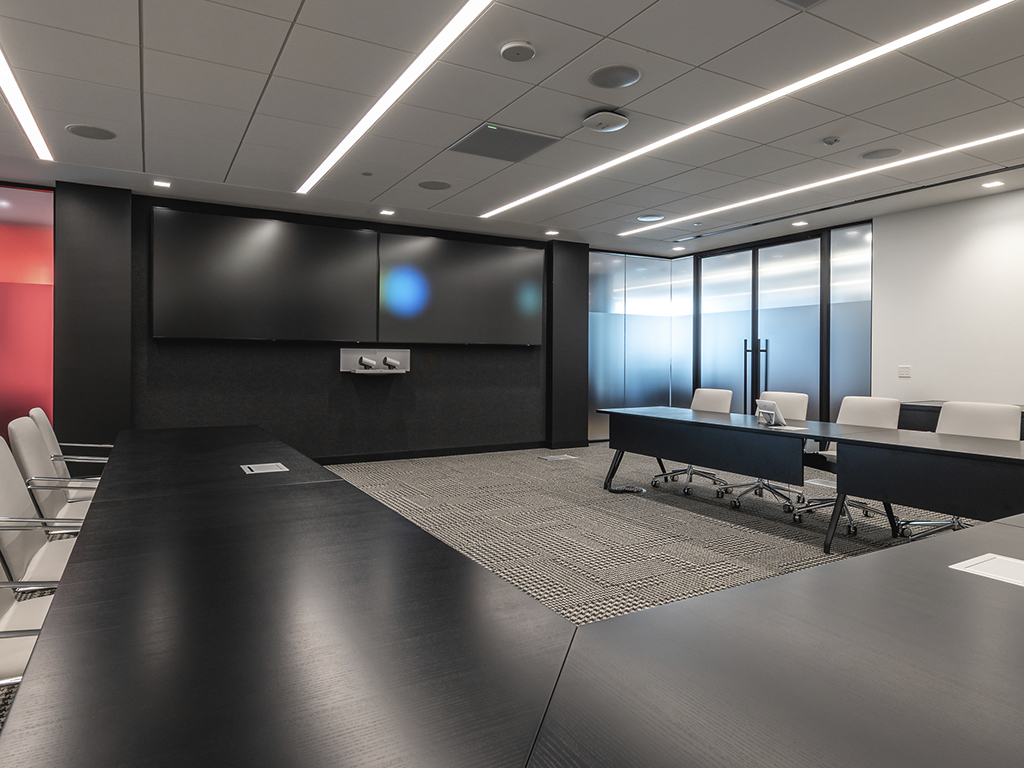
2. Poor Audio Quality
Bad audio is one of the fastest ways to ruin a meeting. When people hear echoes, static, interference, or feedback, they’ll struggle to hear speakers—and eventually tune out completely. Poor acoustics, bad mic placement, and outdated hardware are all common contributors.
The Symptoms:
- Echoes, static, or background noise
- Voices that are too loud or too quiet
- Audio feeds that constantly cut in and out
- Feedback or squelching when mics are live
How Audio Problems Affect Vancouver’s Top Industries
Bad audio doesn’t just sound unprofessional—it breaks the focus and makes the conversation feel less human and engaging. That’s a big deal in situations where communication IS the job.
- In film production, Vancouver is considered the “Hollywood North” of Canada. Muffled or glitchy audio ruins brainstorming, script editing, virtual table reads, creative reviews, and investor pitches.
- In hospitality, issues like echoes, feedback, and background noise are a serious problem for event companies, like Canada Place. Audio quality can make or break the experience for people who join their hosted conferences and special events via livestream.
- In education, universities like SFU both rely on AV and use it to innovate new methods of communication. Clear audio that’s free from glitches or static is one less variable to control when students are exploring topics like immersive communication.
- In startups and tech, companies with strong Vancouver presence (like Amazon and SAP) use AV for high-stakes pitches and calls. When audio cuts out constantly, sounds warbled, or contains annoying background noise, it’s harder to communicate clearly—and easier to lose important opportunities.
The more realistic your audio sounds, the easier it is to forget that you aren’t in the same room. That’s what makes meetings and user experiences feel more natural and human.
How to Fix Audio Issues:
Start by addressing the most common causes of poor sound:
- Use high-quality microphones and speakers that fit the size of the room.
- Position microphones close to participant seating and speaker kiosks.
- Try to space your speakers out equally around the room at similar heights.
- Add acoustic panels, rugs, or soft furnishings to reduce echo and reverb.
- Mute unused mics, reduce ambient noise, and isolate noisy equipment like HVAC.
ET Group helps businesses across Vancouver design meeting spaces where voices come through crystal-clear every time. See our four-step process for helping businesses address AV challenges.
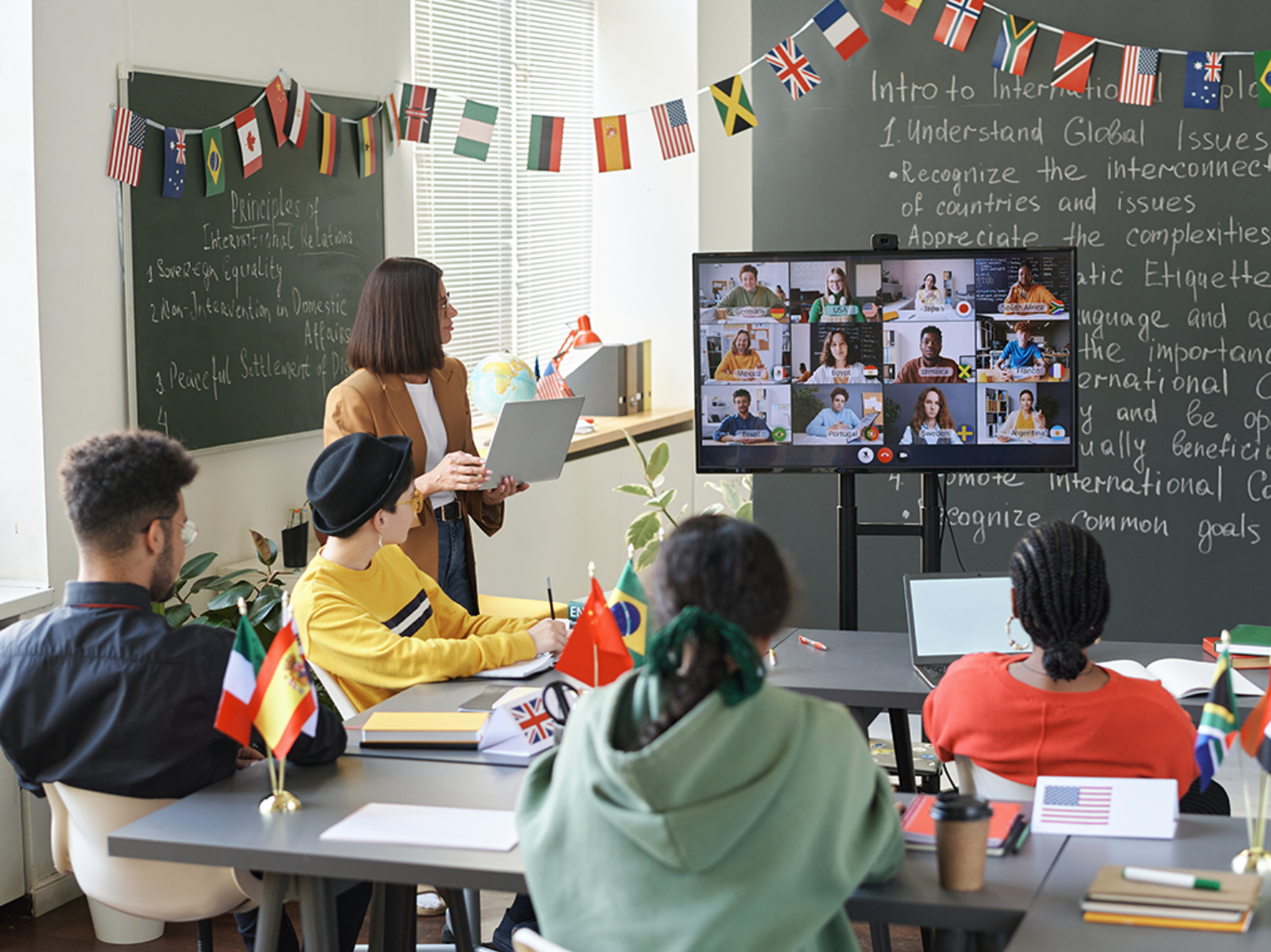
3. Video Failures
Video helps people pick up on nonverbal cues that make conversations feel natural—including eye contact, facial expressions, and body language. When the feed freezes or the image is too blurry to see, that sense of presence disappears, so it’s harder to feel truly connected to one another.
The Symptoms
- Frozen or glitchy video feeds
- Pixelated or low-resolution streams
- Cameras not responding or going offline
- Awkward framing or camera angles
How Issues Like These Affect Vancouver’s Top Industries
Low-quality or unreliable video makes hosts look unprofessional, but it can also grind workflows to a halt and deliver poor guest experiences. That’s a serious disadvantage in Vancouver’s top industries:
- In film production, bad video just isn’t acceptable—especially in Vancouver. Area companies like Red Castle, INFRAME, Upmedia, and Bighouse Productions are used to studio-quality—so low resolutions and tons of buffering stick out like a sore thumb.
- In hospitality, glitchy video undercuts big moments, interferes with advertising, and weakens your brand. At the Vancouver Convention Center, it can also ruin livestreams, delay keynote speakers, and make it impossible to air sponsor content.
- In education, students at Emily Carr, Capilano, and VCC rely on high-resolution real-time video collaboration for lectures, group projects, and virtual critiques. If the video signal constantly drops out or stops working, all of these processes grind to a halt.
- In startups and tech, bad video feeds hurt collaboration and undermine confidence. At fast-growing companies like Clio and Thinkific, an unstable video feed—or sudden connection loss—can interfere with pitches, product demos, and onboarding talent.
When people can see each other clearly, it feels like everyone’s in the same room. All those important little non-verbal cues that make us human come across in the first shot—no second-guessing needed.
How to Fix It Video/Streaming Problems
Investing in high-quality cameras and HD displays makes a big difference, but you need the bandwidth to transmit them in the first place. Video quality depends on a combination of factors:
- Use cameras that support HD or 4K resolution and support your chosen platforms.
- Position cameras at eye level, with proper framing, to create a natural presence.
- Add diffuse lighting (not harsh overhead lights) to eliminate shadows and overexposure.
- Use features like autoframing and speaker tracking to keep participants centered and engaged.
- Check backend settings and connections to avoid lag, dropped feeds, or freezing.
Unlocking seamless communication with custom videoconferencing integrations can also help you make the most of your cameras and displays.
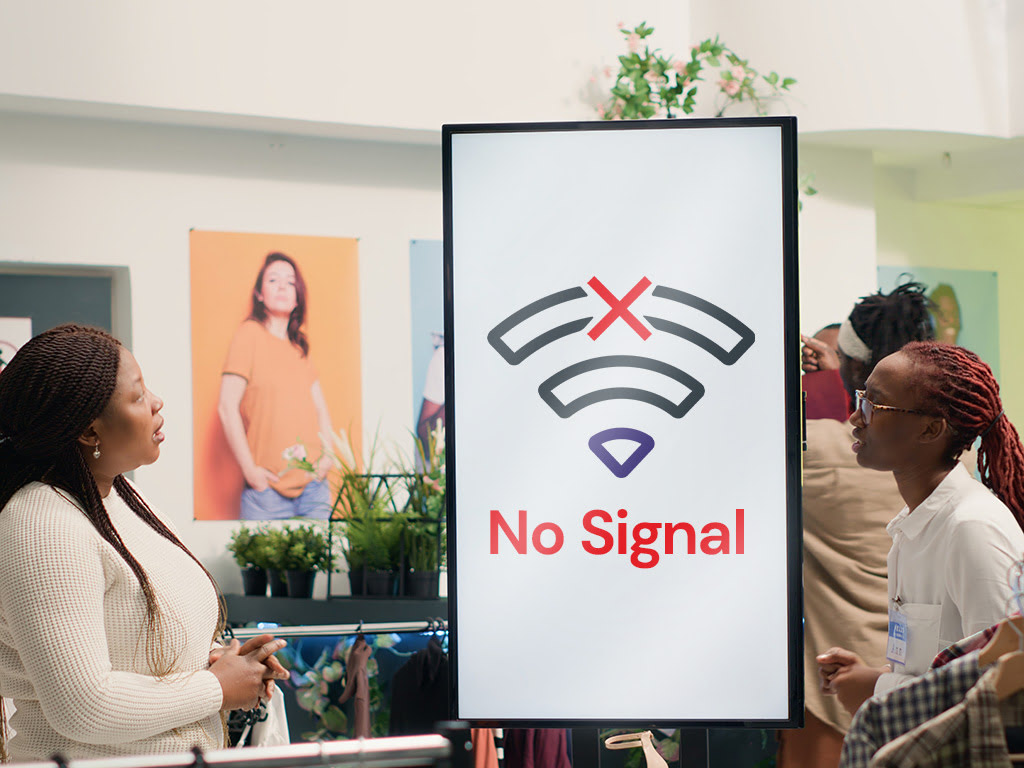
4. Incompatibilities
Modern workplaces typically use a mix of platforms, tools, and devices, but they don’t always play nicely with each other—and everyone has their own opinion about which is best. If your AV isn’t already configured for one-touch join interoperability, you’re missing out!
The Symptoms:
- Users can’t join meetings from their preferred platform
- Devices won’t connect or require constant adapters
- Smartboards or displays refuse to sync with laptops
- Call quality drops when switching platforms
- Features like screen sharing or chat don’t work properly
The more platforms, systems, and devices in the mix, the more complicated it gets to seamlessly integrate them behind the scenes. By optimizing integrations, you can root out pain points and prevent them.
How Incompatibilities Affect Vancouver’s Top Industries
Slack, Zoom, Microsoft Teams, WebEx, Synergy Sky—they’re all useful, and thanks to advances in technology, it’s easier than ever to enjoy them from your meeting tech. Businesses that don’t optimize for interoperability face serious challenges:
- In film production, teams at Bridge Studios, Mammoth Studios, and other companies often need to collaborate with outside third parties, like key stakeholders and investors. AV systems that aren’t designed for interoperability can make this more challenging—or even impossible.
- In hospitality, hotels like the Fairmont or JW Marriott Parq often host conferences and conventions with mixed tech integrations. Poor interoperability creates unnecessary guardrails that prevent people from innovating and communicating fluidly.
- In education, SFU, CapU, and other facilities rely on real-time syncing between calendars and collaboration tools to keep students up to date and on track. These tools can’t and won’t sync if they’re incompatible with each other.
- In startups and tech, companies like Fintel and Creator.co need to be able to seamlessly switch platforms in seconds to jump on opportunities for growth. AV Interoperability makes it possible to say “yes” instead of having to reschedule or wait for a workaround.
Seamless integrations let people schedule, join, leave, create, and adjust meetings to fit their needs with ease—so they can say “yes” more often instead of “hold on, let me troubleshoot.”
How to Fix Incompatibilities
True platform-agnostic design isn’t always possible, but you can get really close with a well-designed custom AV integration. Other ways to root out and fix incompatibilities include:
- Choosing equipment and platforms that support native integrations.
- Implementing one-touch join across Teams, Zoom, and WebEx.
- Standardizing key components across meeting spaces to reduce friction.
- Using bridging solutions or APIs to sync calendars, displays, and controls.
- Keeping firmware and software up-to-date to preserve compatibility.
ET Group can help your business design solutions that deliver seamless user experiences without hiccups like these. In fact, we believe interoperability is a key element in every great hybrid workspace.
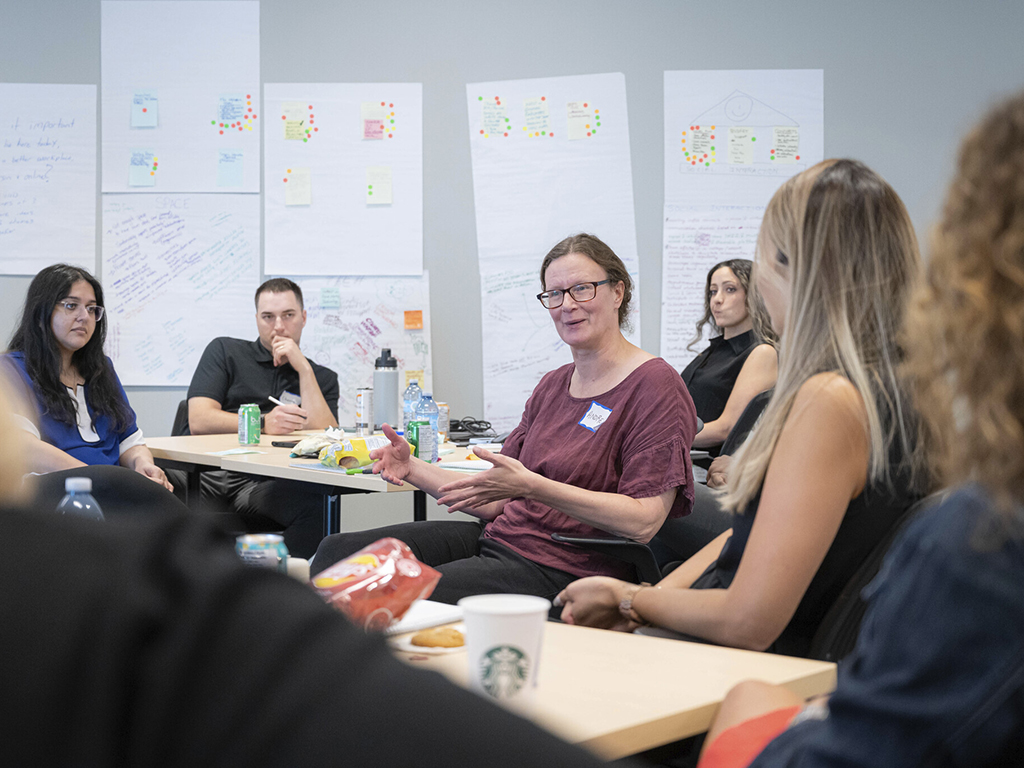
5. Lack of User Training
AV equipment should make working together feel more efficient, effective, and human. If people don’t understand how to use the tools in front of them, they’’ struggle to see why it’s useful.
The Symptoms:
- Frequent calls to IT for basic tasks
- Users avoiding rooms or features they don’t get
- Delays at the start of meetings
- Misuse of microphones, cameras, or controls
- Shadow IT/insecure workarounds
- Frustration that leads to low adoption
How Training Gaps Affect Vancouver’s Top Industries
- In film production, busy teams at North Shore or Martini Films rely on AV for everything from stakeholder meetings to director-producer sessions with potential actor hires. Training gaps can force people to stop and search Google for tech fixes, distracting them from the work at hand.
- In hospitality, staff at venues like the Pan Pacific Hotel and Vancouver Convention Centre need to manage AV for meetings, conferences, weddings, and so much more. If they aren’t properly trained, even the simplest tasks may lead to technical disruptions and delays.
- In education, high-tech AV quickly becomes a daily source of stress when teachers at UBC, SFU, and other facilities don’t have AV training. That means staff waste more time fumbling with unfamiliar tech than they do supporting students, guest lecturers, or special educational events.
- In startups and tech, teams at fast-growing businesses like Klue need to be able to react to changing needs on a dime. If they don’t understand how or why AV fits into their workflows, they’ll turn to risky workarounds and shadow IT solutions instead.
How to Fix Training Gaps:
Build intuitive AV solutions that feel straightforward to navigate, but don’t stop there. To give people the confidence they need to use tools like these efficiently:
- Offer hands-on training during onboarding or rollout.
- Create clear, accessible documentation and quick-start guides.
- Provide signage and touch panel instructions in meeting rooms.
- Run refreshers or short workshops as systems evolve or upon request.
- Make support easy to reach when people need help in the moment.
ET Group helps teams build confidence with training opportunities. Unpack your old ways of working and develop new practices that will help your team thrive with one of our hybrid workshops.
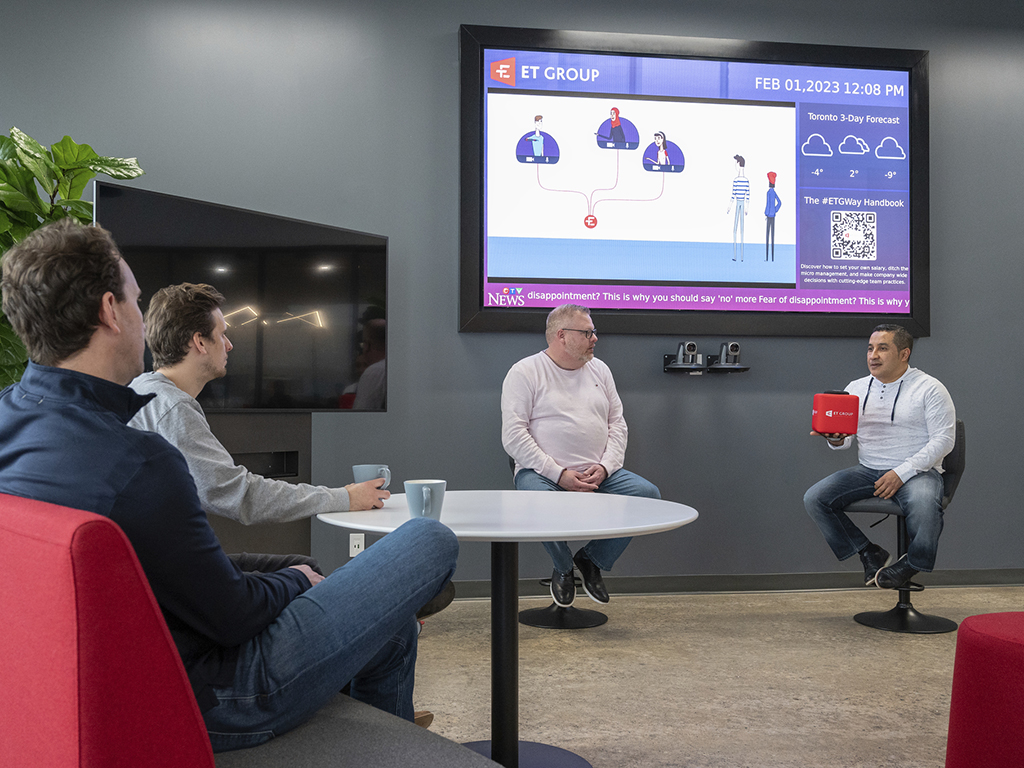
Best Practices for AV Success
Most audio and video issues are easier to prevent than fix, so we always recommend partnering with an AV provider who can help you design industry-specific solutions from the ground up. Whether you’re dealing with problems now or planning a new space, following these key strategies can help.
- Stop thinking about AV as cameras, microphones, and speakers. Reframe them as tools for improving your company’s culture, workflows, and technology.
Focus on the humans at the heart of your workplace and bring them into the early discovery process. Talk to them about their current system, what’s missing, and what features they wish they had. This will uncover opportunities where AV can solve their pain points or make the working experience more enjoyable day-to-day.
- Spend some time researching AV components and companies before you pull the trigger and decide who to partner with.
Read reviews, ask your colleagues for recommendations, and gain a basic understanding of AV so you can understand when a company is speaking from a place of authority—and when they’re trying to sell you a swamp.
- Create a technology roadmap before you deploy new meeting tech or AV solutions.
ET Group’s AV consulting experts can help you break large project silos down into bite-sized pieces so they’re easier to manage and track.
- Designing for scalability is the best way to future-proof your AV, but it’s not just about buying more devices.
You need to know how to design a solution that fits your current needs and workflows, but is agile enough to easily adapt and grow with future trends. Technology consultants have that expertise.
- Ask the people who actually use your AV systems for feedback.
What’s working? What’s not? What features or capabilities do they need that aren’t currently available?
- Schedule routine inspections to spot potential problems.
Examples include fragmenting integrations or video failures. Inspections help you catch these issues before they happen.
- Roll out firmware and software updates or bug fixes as promptly as possible.
Putting them off raises your risk for failures and security breaches.
If you already have an in-house IT team, they may be able to handle some of this work for you, but AV typically requires special expertise.
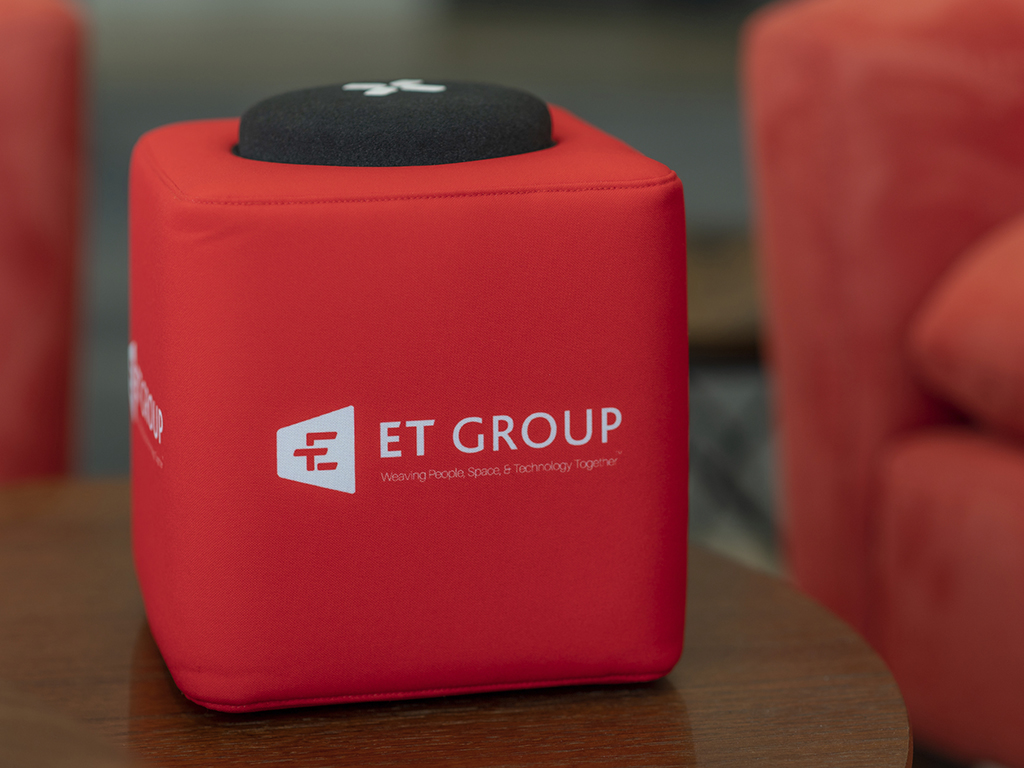
Beat AV Challenges in Vancouver With ET Group
If your AV system is causing dropped calls, meeting delays, or confusion in hybrid spaces, you’re not the only one. These problems are common in Vancouver’s busiest industries, but that doesn’t mean the status quo has to stay the same forever. Let’s do something about it!
Whether you’re upgrading your AV or starting fresh, we’d love to be a part of your story. Book a discovery call and tell us about your needs. We’re confident we can help.
Stay connected with us:
Follow ET Group on LinkedIn
Subscribe to ET Group’s YouTube Channel

